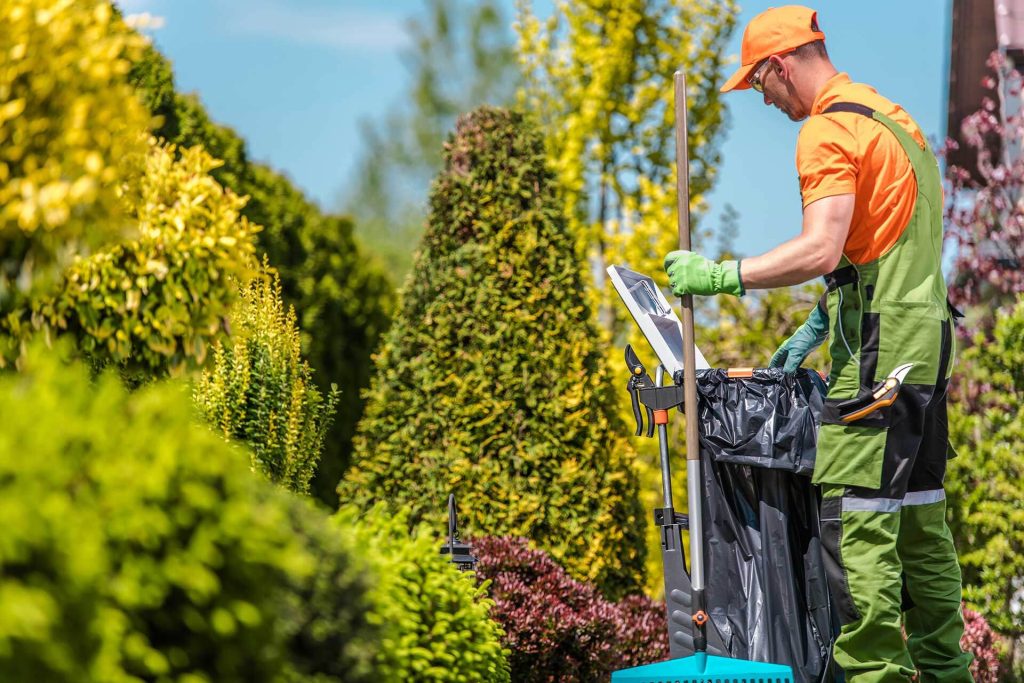When designing your dream patio, the first—and arguably most important—decision is the material you choose. It’s not just about aesthetics; your choice will impact maintenance, comfort, safety, and even long-term value. Two of the most popular options on the market are concrete and pavers. Both can create beautiful patios, but each brings a unique set of strengths and limitations to the table. Whether you’re dreaming of a sleek modern space or a timeless backyard retreat, understanding how these two materials compare will help you avoid future frustrations and build a patio that offers real satisfaction for years to come.
Aesthetic Appeal: Custom Design vs. Minimalist Finish
Your patio isn’t just a space—it’s an extension of your home. It should reflect your personal style and blend effortlessly with your existing architecture and landscape. Pavers offer almost unlimited design flexibility, available in a wide range of colors, shapes, sizes, and textures. Whether you want an elegant herringbone pattern, a natural stone look, or a rustic cobblestone finish, pavers make it possible. On the other hand, concrete provides a cleaner, more uniform appearance. While decorative techniques like stamping or staining can enhance it, they rarely match the depth and richness of paver designs. If creating a standout, personalized look is your goal, pavers clearly offer the creative edge.
Durability and Strength: Cracks or Flexibility?
While concrete is undeniably strong, it is also rigid—meaning it doesn’t handle ground movement well. Over time, freezing temperatures, shifting soil, or even tree roots can cause unsightly cracks. And once it cracks, repairs are often difficult and highly visible. Pavers, however, are installed as interlocking units with flexible joints, allowing them to move slightly without cracking. This makes them especially well-suited for areas prone to freeze-thaw cycles. And if one paver does get damaged, it’s easily replaced without disturbing the rest of the patio. In terms of long-term performance and adaptability, pavers outperform concrete by providing lasting structure with fewer problems down the road.
Maintenance and Repairs: What’s the Real Commitment?
Homeowners often overlook maintenance when planning a patio, but it’s a major factor in long-term satisfaction. Concrete patios require occasional sealing to maintain their appearance and prevent staining or moisture absorption. Once cracked, resurfacing or replacing sections can be expensive and disruptive. Stains, chips, and surface deterioration are also harder to hide on concrete. Pavers, however, are lower maintenance overall. With occasional sealing and the occasional weed or moss removal from joints, they remain attractive with minimal effort. The biggest bonus? If a section becomes stained or damaged, it can be quickly and affordably replaced. Pavers offer peace of mind when it comes to upkeep—making them ideal for busy homeowners.
Cost Comparison: Short-Term Savings vs. Long-Term Investment
Concrete is often chosen because of its lower upfront cost. It’s quick to install and generally less expensive in terms of materials and labor. However, those initial savings may be outweighed by future repair and maintenance costs. Cracks, fading, and surface breakdown can lead to expensive fixes or full replacements. Pavers, while typically more expensive upfront due to labor-intensive installation and higher material cost, offer greater longevity and lower repair expenses over time. Plus, the boost in visual appeal and property value makes them a smart long-term investment. If you’re playing the long game and looking for something that will hold up beautifully for years, pavers are well worth the initial cost.
Safety and Comfort: More Than Just Looks
There’s more to a patio than how it looks—how it feels underfoot and how safe it is matters too. Concrete surfaces, especially when wet, can become slick and hazardous, particularly if polished or sealed. They also absorb and retain heat, which can make them uncomfortably hot during summer months. Pavers typically offer better traction, thanks to their textured surfaces, and remain cooler to the touch in warm weather. If your patio will be used by kids, pets, or elderly guests, comfort and slip resistance are crucial factors. Pavers provide a safer, more user-friendly environment—especially in high-traffic or entertainment-heavy spaces.
So, which patio material wins the crown? If you’re looking for a fast, cost-effective solution with a clean, simple look, concrete can do the job. But if you’re after something with long-lasting beauty, exceptional strength, easy maintenance, and standout design—pavers are the clear winner. They give you the freedom to express your style, the durability to withstand real-life use, and the satisfaction of knowing your patio will look incredible for years. At Royal Bloom Landscaping, we specialize in custom Paver Patios & Walkways, and we’re passionate about helping homeowners like you create outdoor spaces that don’t just meet expectations—they exceed them.




